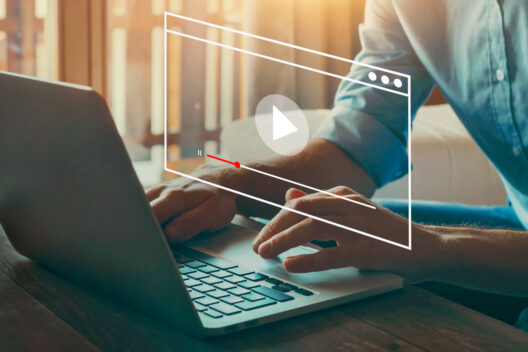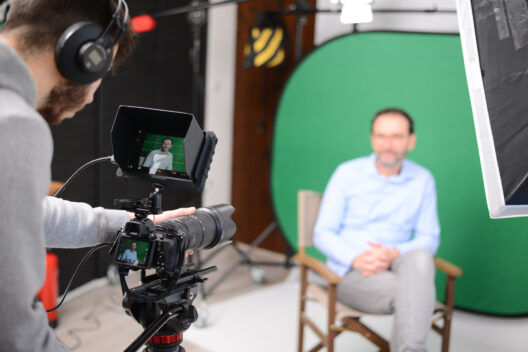

By Christine Moore, Aubrey Holland, and Robert Behnke
Media, both formal and informal, plays a crucial role in modern education. The prevalence of platforms like YouTube, the second largest search engine, and TikTok, used by 26% of U.S. adults under 30 for news, underscores the dominance of video content in our daily lives. Integrating media into educational courses can significantly enhance student engagement and retention. Formal and informal media each serve distinct purposes within an educational context, complementing each other to create a well-rounded learning experience. Formal media is characterized by its high production quality and polished presentation. Typically produced by professional teams, formal media includes elements like main lecture videos, professional interviews, and demonstrations. These pieces are designed to be evergreen, providing consistent and reusable content across multiple course iterations.
In contrast, informal media is more spontaneous and less polished. It is created by instructors to address immediate needs or provide timely updates. Examples include video announcements, quick feedback sessions, and ad-hoc explanations of current events or specific course topics. Informal media is valued for its authenticity and personal touch, offering students a more direct connection with their instructors. While formal media establishes a stable and professional foundation for course content, informal media enhances engagement by adding a personal and responsive layer to the learning experience.
Together, both forms of media ensure that online courses are both high-quality and dynamic, meeting diverse educational needs.

Formal media refers to high-production-quality content typically produced by professional teams. Such media is designed to be evergreen, meaning it can be reused across multiple sessions without needing updates.
Formal media includes main lecture content, introduction videos, demonstrations, interviews, and special projects.
Benefits of including formal media in your course:
1. Technical Quality: Formal media ensures high accessibility standards, including proper lighting, audio quality, font sizes, colors, and captions.
2. Professionalism: High production value enhances the perceived quality and credibility of the course.
3. Creative Flexibility: Formal media allows for varied content types, such as podcasts, animations, and interactive media.
4. Ease of Creation: The new media team manages the technical aspects, allowing faculty to focus on content delivery.
Tips for creating formal media:
1. Preparation: Instructors should focus on content preparation, as technical aspects are handled by the media team.
2. Studio Quality: Utilizing professional studios ensures high-quality production, making the media visually and audibly appealing.
3. Evergreen Content: Avoid using time-specific references to make videos reusable.